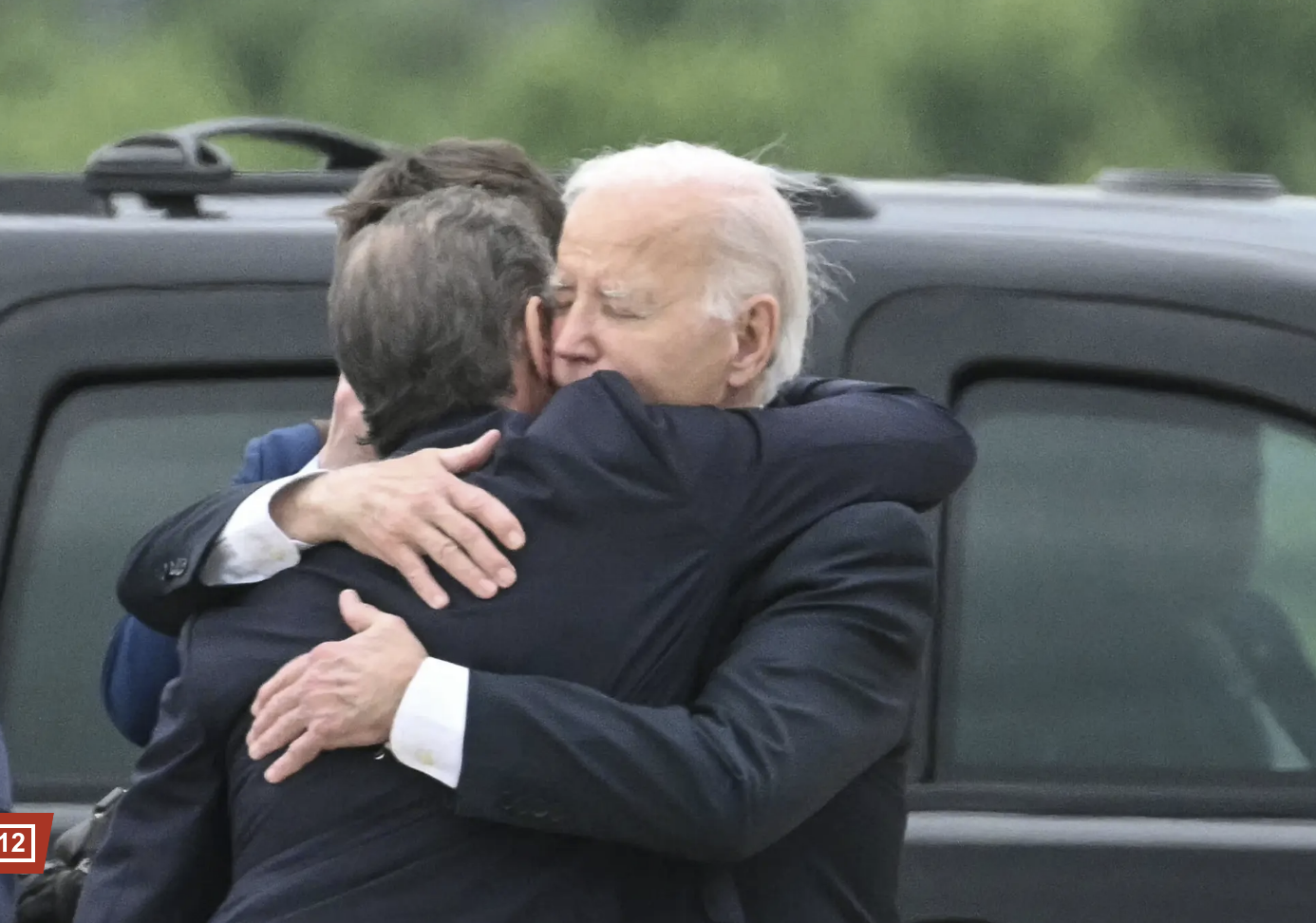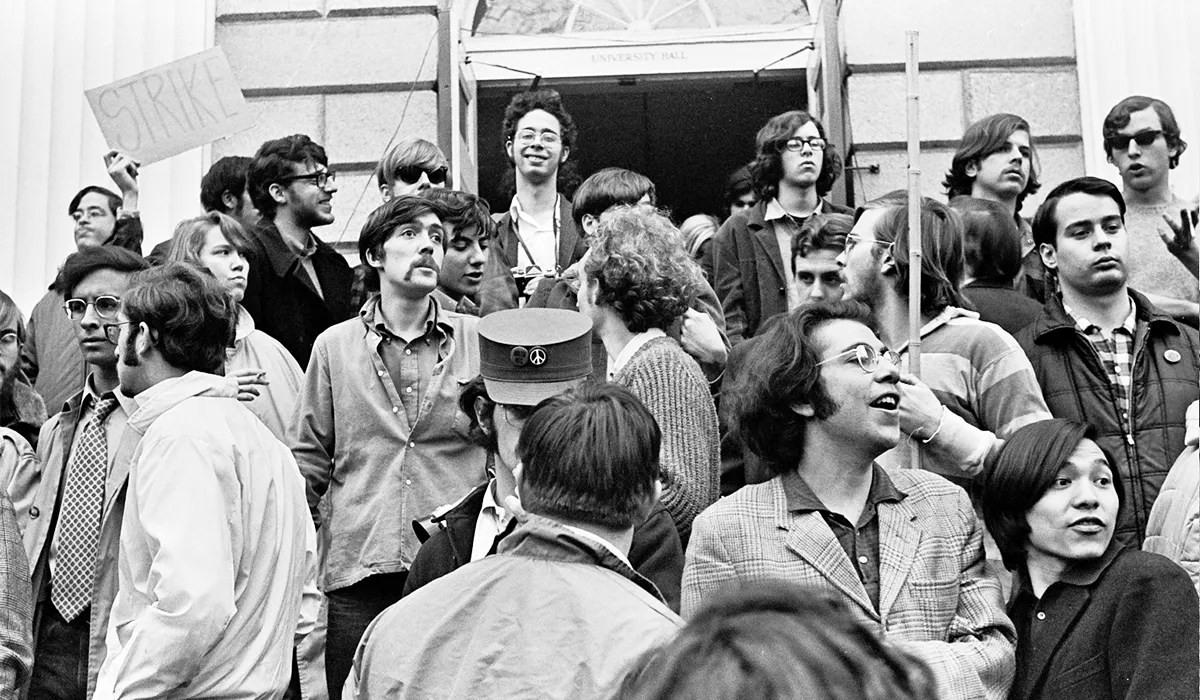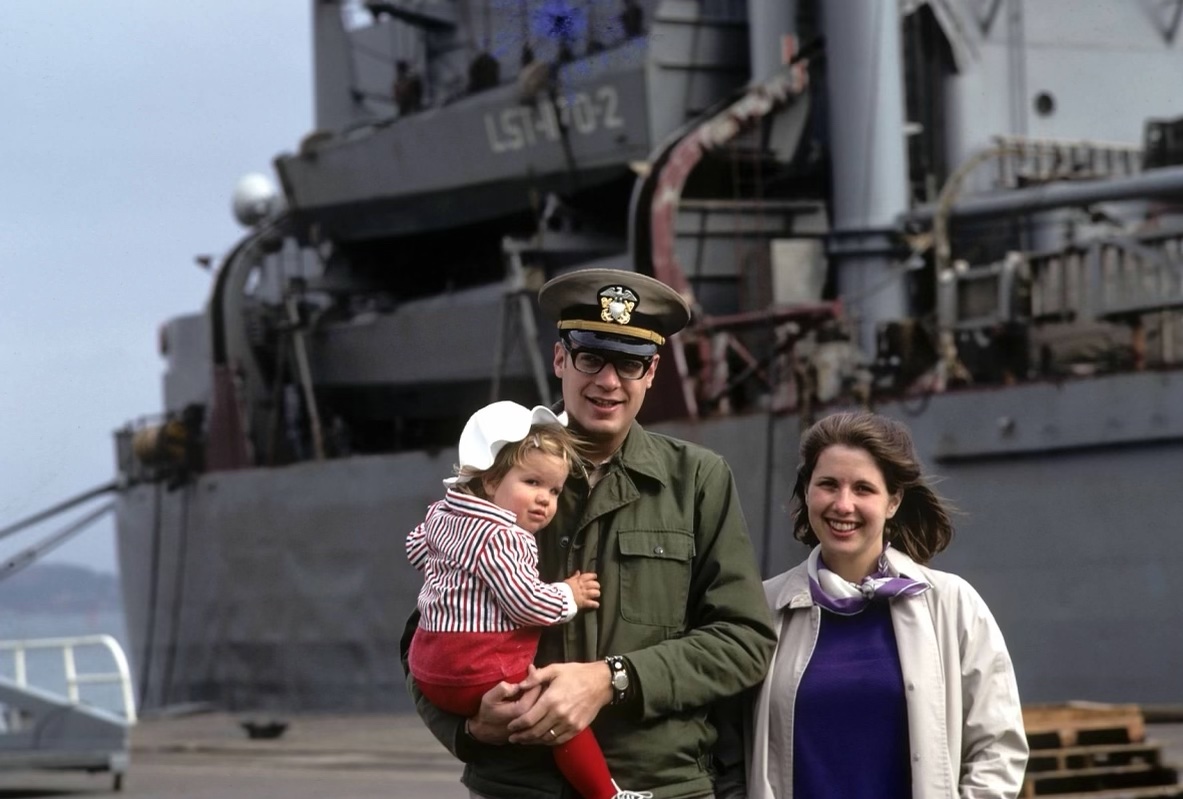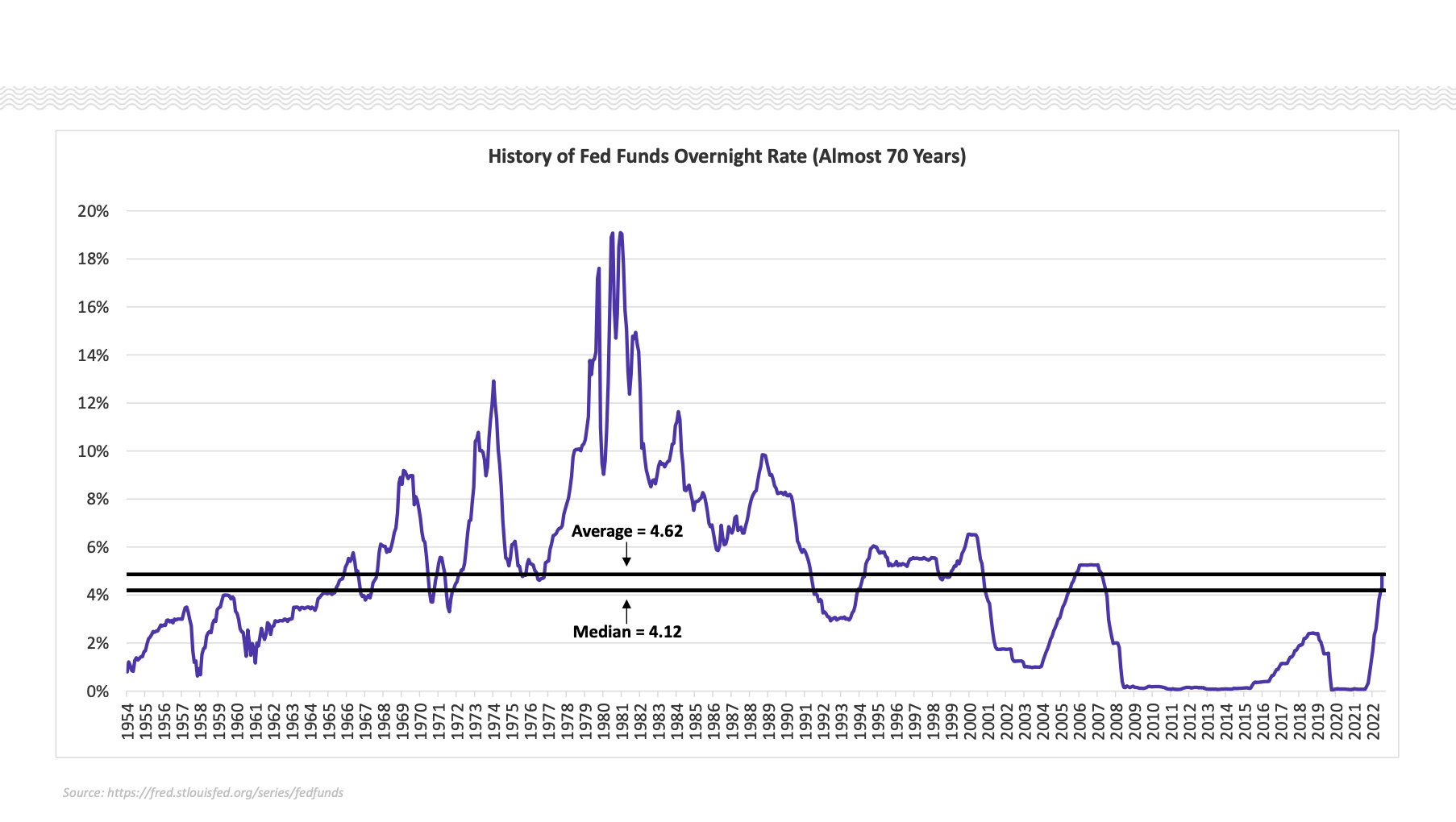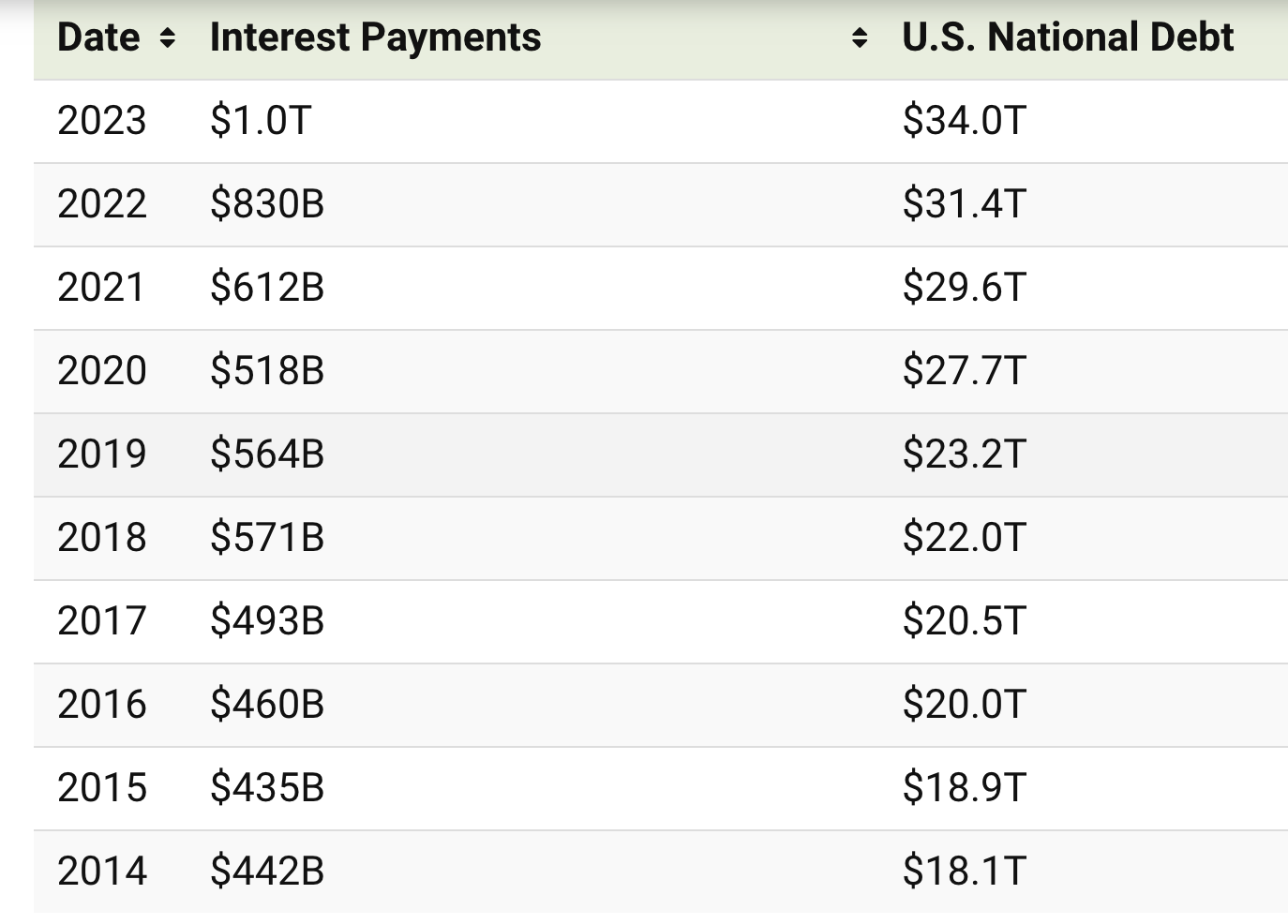Recently the Bank of North Dakota (BND) released its 2023 Annual Report of almost 80 pages.
The Report including the bank’s history (see excerpt below) is a creative example of an alternative financial institution thriving in the privately managed financial services marketplace in America. Its ongoing success is the model for similar startups in other cities and states.
Founded in 1919, the bank is exempt from all state and federal taxes. It is funded by receipts collected by the state government and its agencies. There is no FDIC insurance but is backed by the state of North Dakota.
BND’s primarily lending activity is participation loans originated by the other financial institutions throughout the state. It is a wholesale lender. In 2011 when NCUA implemented new regulation requiring more member capital and reduced corporate operating and investment authority, the credit unions decided to close their corporate. One of the factors was the option to receive much of the corporate’s financing services from BND.
A Very Successful Year
The Dakota Credit Union Association has presented a summary of BND’s 2023 results. The highlights include total assets of $10.1 billion, record earnings of $192.7 million for a return on equity of 18.2%.
From the Association’s summary: The Bank originated and renewed 10,734 loans for more than $2.5 billion, bringing the amount of the total lending portfolio to $5.8 billion, a new record. The total portfolio increased by $394 million from last year. BND delivers both agriculture and commercial loans through 72 different financial institutions and their 218 branch offices. . .
In addition to these portfolios, BND administers more than $1 billion in legislative-directed loan programs, including school construction, state infrastructure, water projects and disaster recovery.
“Bank of North Dakota works closely with local lenders to ensure its programs are relevant and impactful,” said members of the Commission in a joint statement. The Commission, consisting of Gov. Doug Burgum as chairman, Attorney General Drew Wrigley, and Agriculture Commissioner Doug Goehring, oversees BND. “This attention to local needs is one of the reasons for the Bank’s success.”
A Bipartisan Embrace
Beyond the current success and its historical longevity, support for the Bank comes from leaders of both parties. Gov. Doug Burgum is reportedly on Donald Trump’s short list of vice-presidential prospects. Nowhere do we see opposition to this state-owned and managed financial institution that republicans or bankers in other states might call out as a “socialist enterprise.” Its track record serving the agricultural, industrial and public financing needs across North Dakota has made it a vital component of state government.
The success of BND has spawned similar startups in other jurisdictions. The Public Bank of East Bay (PBEB) has hired a former Credit Union CFO, Scott Waite, to lead its fund raising and organizational efforts. There is an attempt to pass state legislation for a city owned bank in Rochester, New York described in this June 3, 2024 article Why a Credit Union Wants the Local Government to Create Its Own Bank.
Both of these organizers cite BND as the model for their more focused local ambitions.
A Lesson for Coops?
BND’s longevity demonstrates the variety and innovative capacity of an open economy. When NCUA closed down many financial options for corporates, other institutions were available. Long time relationships and collaborative capacity were lost as the FHLB’s and other secondary market providers stepped up to serve natural person credit unions.
One might view these events as just the normal process of creative destruction that is a hallmark of competitive economies. Or. it might illustrate that options are available or adaptable when existing institutions fail to fulfill their core purpose.
More History of BND
Page 11 of this year’s Annual Report provides a summary of the Banks founding. Here is an excerpt:
If you lived in North Dakota in 1919, it is likely that you made your living as a farmer or rancher, or in a profession that supported farmers and ranchers. There wasn’t a great deal of economic diversity at the time.
When you put your grain on the railway to be delivered to an elevator in Minneapolis/St. Paul, you were given the most broken-down of the railcars, causing tons of grain to be lost along the way. You were paid for the grain that arrived in the Twin Cities, not the amount of grain you loaded in North Dakota.
You weren’t present when they tested your grain so you needed to rely on the elevator’s assessment, often thought to be more favorable to the elevator than the farmer. When a loan was needed, it most likely came from a bank in Minneapolis or Chicago, with interest rates in the double digits. It was unaffordable for most agriculture producers, and they barely squeaked by.
This set the stage for the Nonpartisan League to come into power, and as part of its platform, the 1919 North Dakota Legislature created the State Mill and Elevator, Workforce Safety Insurance, and Bank of North Dakota along with the Industrial Commission to oversee them.
North Dakota tax dollars would be used to support North Dakota residents. While it wasn’t the first or only state-owned bank to be created, it is the only one that has survived the test of time.

